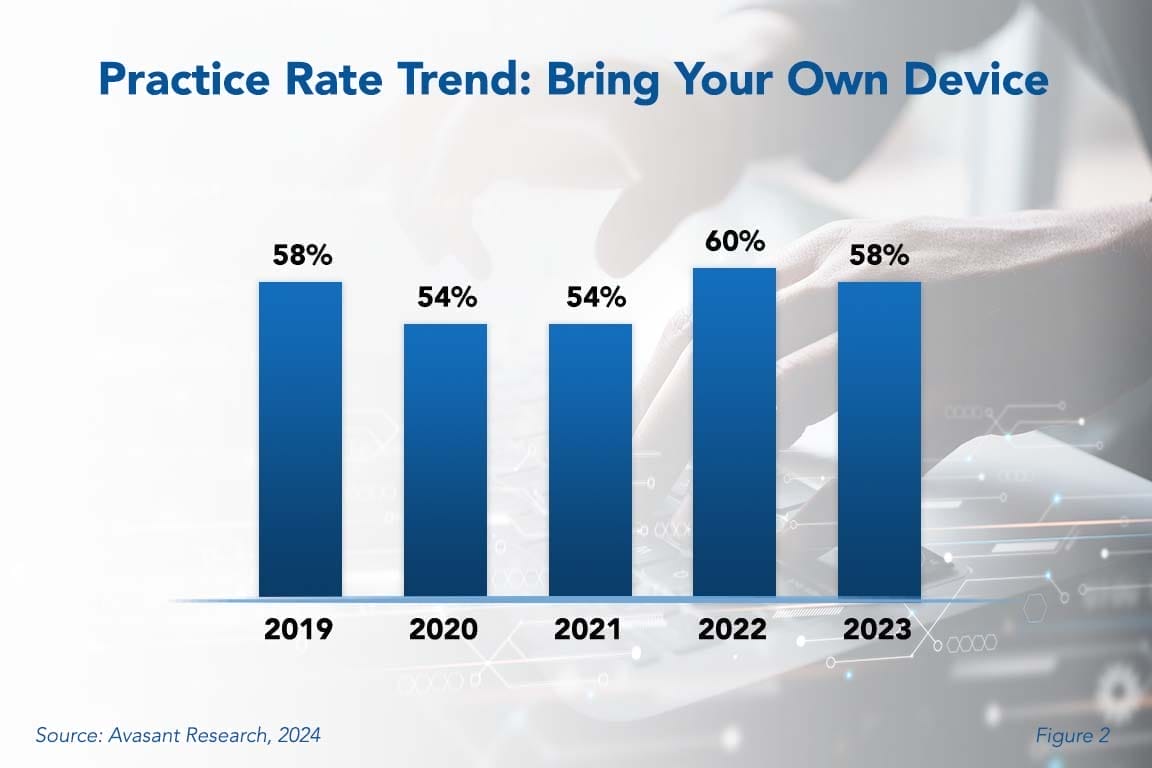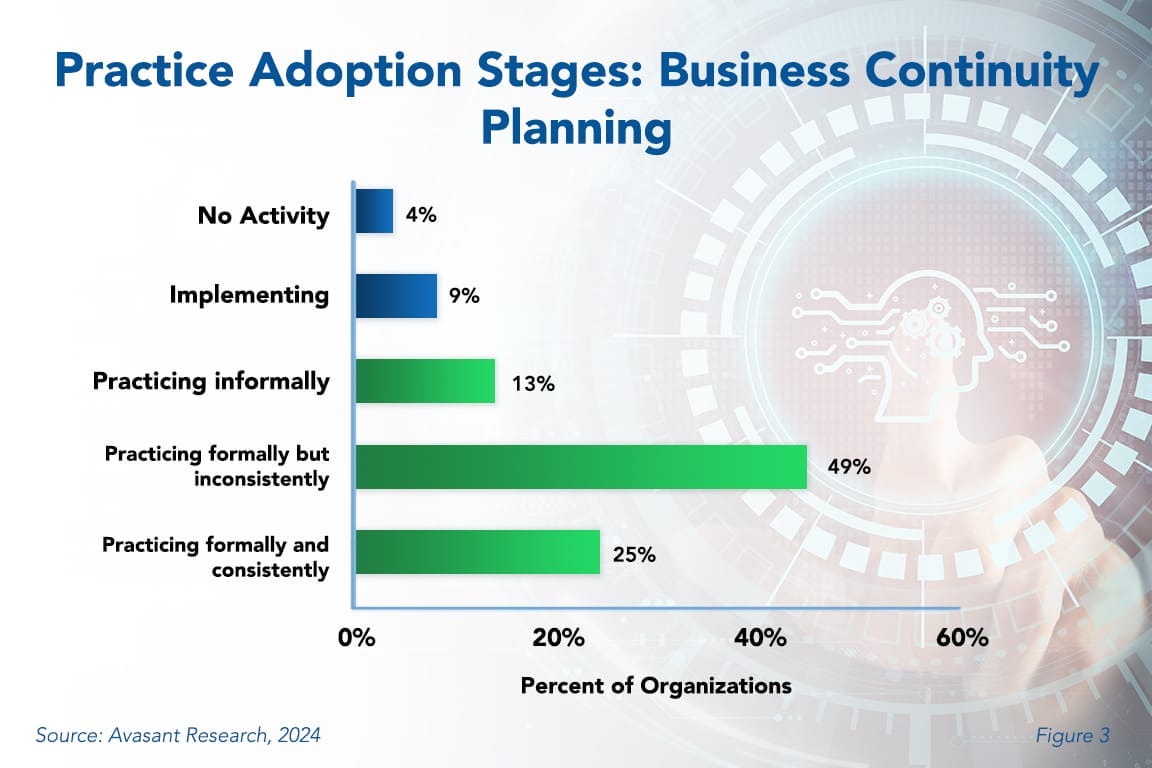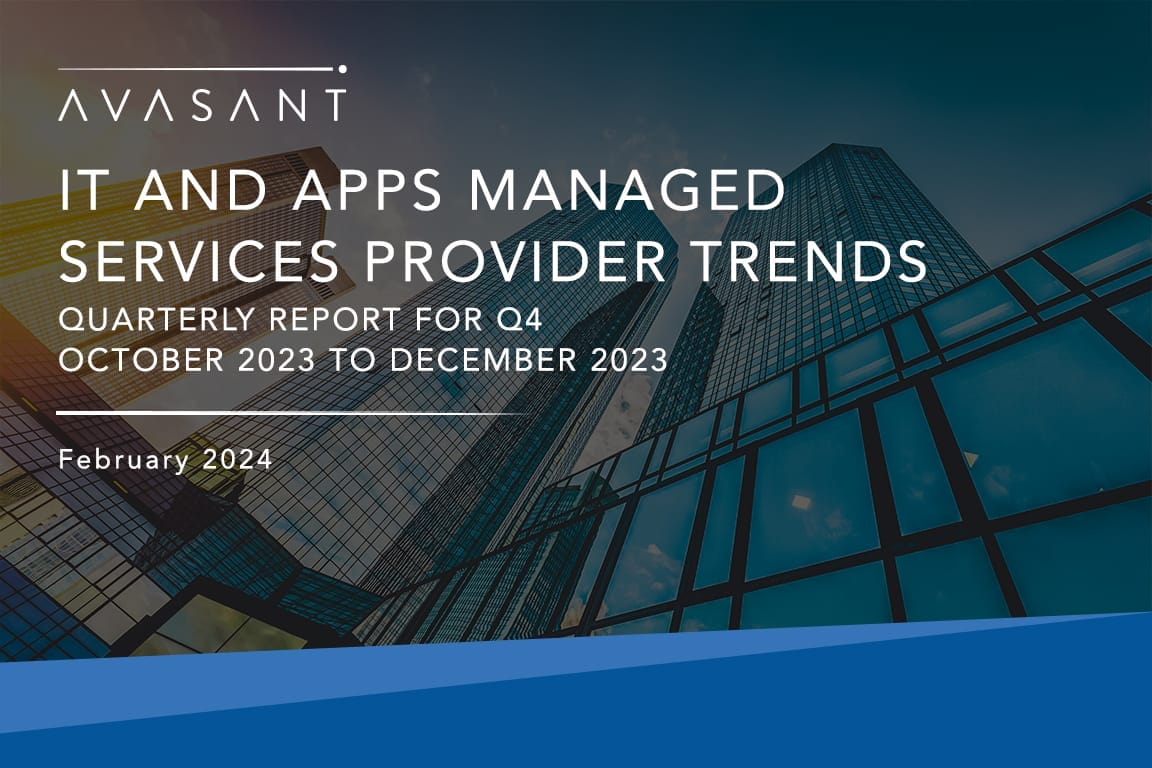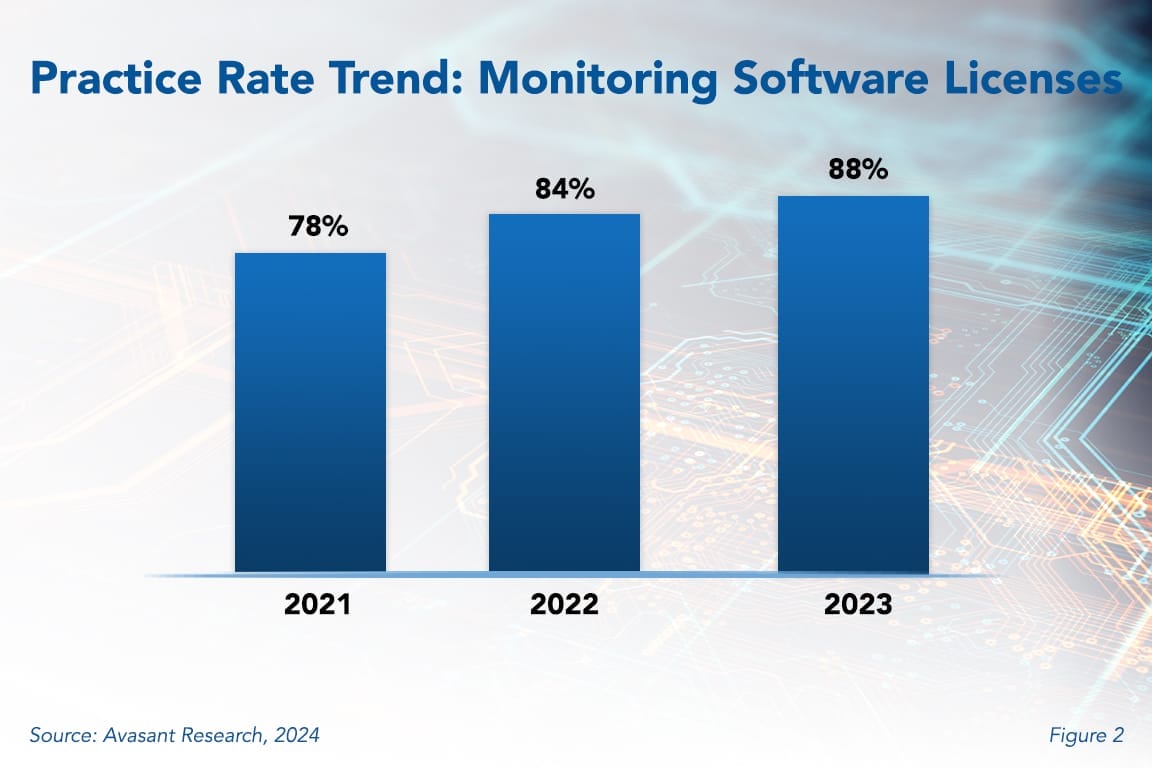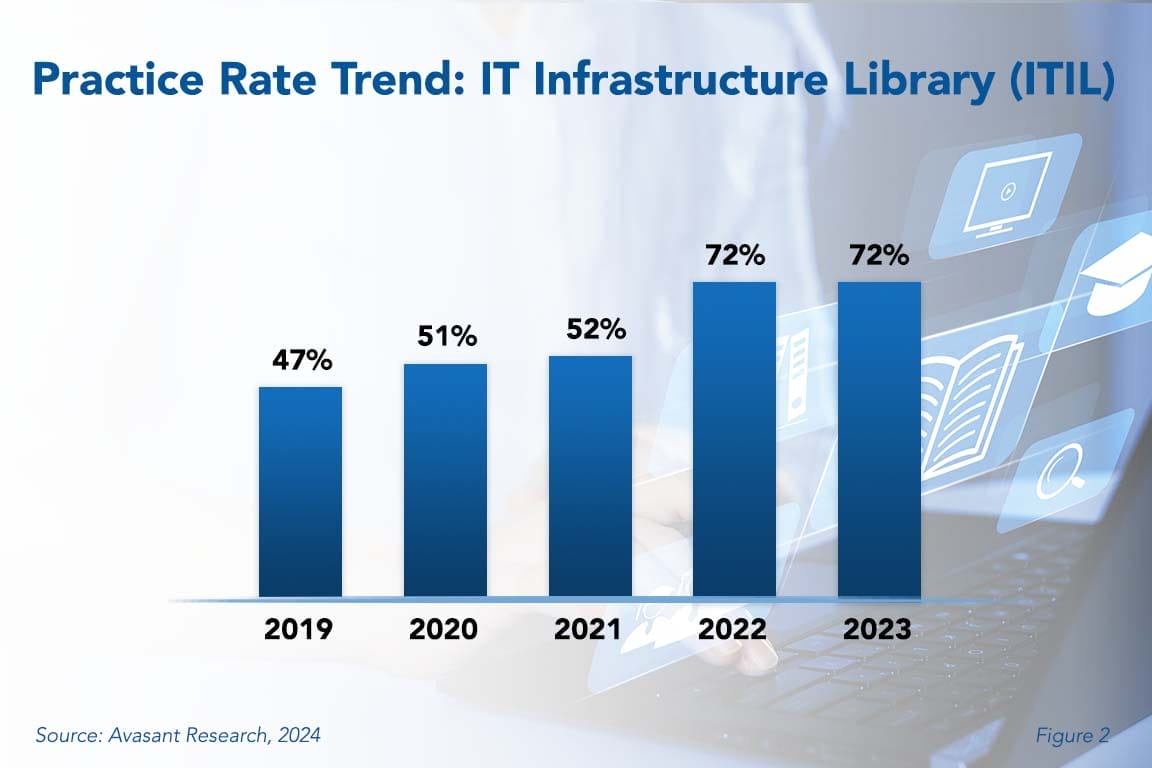Latest Reports
-
![BYOD Adoption Stagnates But Security Threats Grow Practice Rate Trebd BYOD Featured Image - BYOD Adoption Stagnates But Security Threats Grow]()
BYOD Adoption Stagnates But Security Threats Grow
Bring your own device (BYOD) policies are a sensible approach for many organizations to leverage the convenience and familiarity of personal devices for their employees. These policies proved to be effective when employees worked from home during the pandemic. But BYOD adoption appears to have reached its peak, plateauing over the past five years. This Research Byte is a brief overview of our report on this subject, BYOD Best Practices.
March, 2024
-
![Bring Your Own Device Best Practices 2024 Practice Rate Trebd BYOD RB - Bring Your Own Device Best Practices 2024]()
Bring Your Own Device Best Practices 2024
When iOS and Android smartphones were widely available in the late 2000s, bringing your own device for work-related tasks became popular. Employees generally favored their devices over those issued by the company, because it was simpler not to carry two devices. This trend drove companies to develop rules and regulations to control the practice.
March, 2024
-
![Navigating the Ecosystem: A Brief Analysis of Clinical and Care Management Business Process Transformation Service Provider Partnerships RB Featured Image for website - Navigating the Ecosystem: A Brief Analysis of Clinical and Care Management Business Process Transformation Service Provider Partnerships]()
Navigating the Ecosystem: A Brief Analysis of Clinical and Care Management Business Process Transformation Service Provider Partnerships
In the ever-evolving landscape of healthcare delivery, clinical and care management business process transformation (BPT) service providers have emerged as key players offering a suite of services encompassing case management, utilization management, and population health management. However, these providers seldom operate in isolation; they rely on a multifaceted ecosystem of strategic partnerships to deliver streamlined and comprehensive services. This research article delves into the intricate network of alliances and collaborations that define the partner ecosystem of leading service providers, such as Accenture, Accolade, Optum, Sagility, Shearwater Health, and Wipro, shedding light on their collaborative strategies and synergies.
-
![Business Continuity Planning Skipping Crucial Steps Practice adoption Stages Business Continuity - Business Continuity Planning Skipping Crucial Steps]()
Business Continuity Planning Skipping Crucial Steps
Restoring information systems in the event of a disaster is an essential element of risk management, not just IT. But, having IT systems recovered without restoring business operations is of little value. It is equally important to restore key business processes, maintain communication with key stakeholders, and ensure the ability of personnel to work. Business leaders have begun to recognize the importance of business continuity to the enterprise, but consistent implementation appears to be a challenge. This Research Byte summarizes our full report on business continuity planning as a best practice.
March, 2024
-
![Business Continuity Planning Best Practices 2024 Practice adoption Stages Business Continuity - Business Continuity Planning Best Practices 2024]()
Business Continuity Planning Best Practices 2024
In today’s business landscape, virtually every organization relies heavily on information technology. Therefore, restoring information systems in the event of a disaster is an essential element of risk management, not just IT. At the same time, having IT systems recovered without restoring business operations is of little value. As such, a thorough business continuity plan goes beyond IT recovery, ensuring the overall survival of the business amid disruptions and re-establishing key business functions. Effective continuity planning should also address the potential loss of key individuals, disruption of customer or supplier operations, and failure of logistics providers.
March, 2024
-
![Monitoring Software Licenses to Optimize Costs and Mitigate Risks Practice Rate Trend Monitoring Software License - Monitoring Software Licenses to Optimize Costs and Mitigate Risks]()
Monitoring Software Licenses to Optimize Costs and Mitigate Risks
Application software is becoming increasingly important to all organizations. Therefore, they must engage in effective license management for cost optimization and compliance. License management is no longer just a box that needs to be checked. This Research Byte summarizes our full report on monitoring software licenses.
March, 2024
-
![Monitoring Software Licenses Best Practices 2024 Practice Rate Trend Monitoring Software License - Monitoring Software Licenses Best Practices 2024]()
Monitoring Software Licenses Best Practices 2024
The art of monitoring software licenses is crucial in today’s software-driven world. Enterprises that depend on software must engage in effective license management for cost optimization, compliance assurance, and gaining a competitive edge. It is no longer just a box that needs to be checked.
March, 2024
-
![ITIL Adoption Unlikely to Show Further Significant Growth Practice Rate Trebd IT Infastructure - ITIL Adoption Unlikely to Show Further Significant Growth]()
ITIL Adoption Unlikely to Show Further Significant Growth
Organizations have embraced IT Infrastructure Library (ITIL) to some degree. It is crucial to keep in mind, though, that following the 2022 spike, data from 2023 points to a plateau in adoption. The initial enthusiasm surrounding the adoption of ITIL 4 may have subsided because the framework’s intimidating depth and scope requires a substantial investment of time and expertise. This Research Byte summarizes the full report, IT Infrastructure Library Best Practices.
March, 2024












